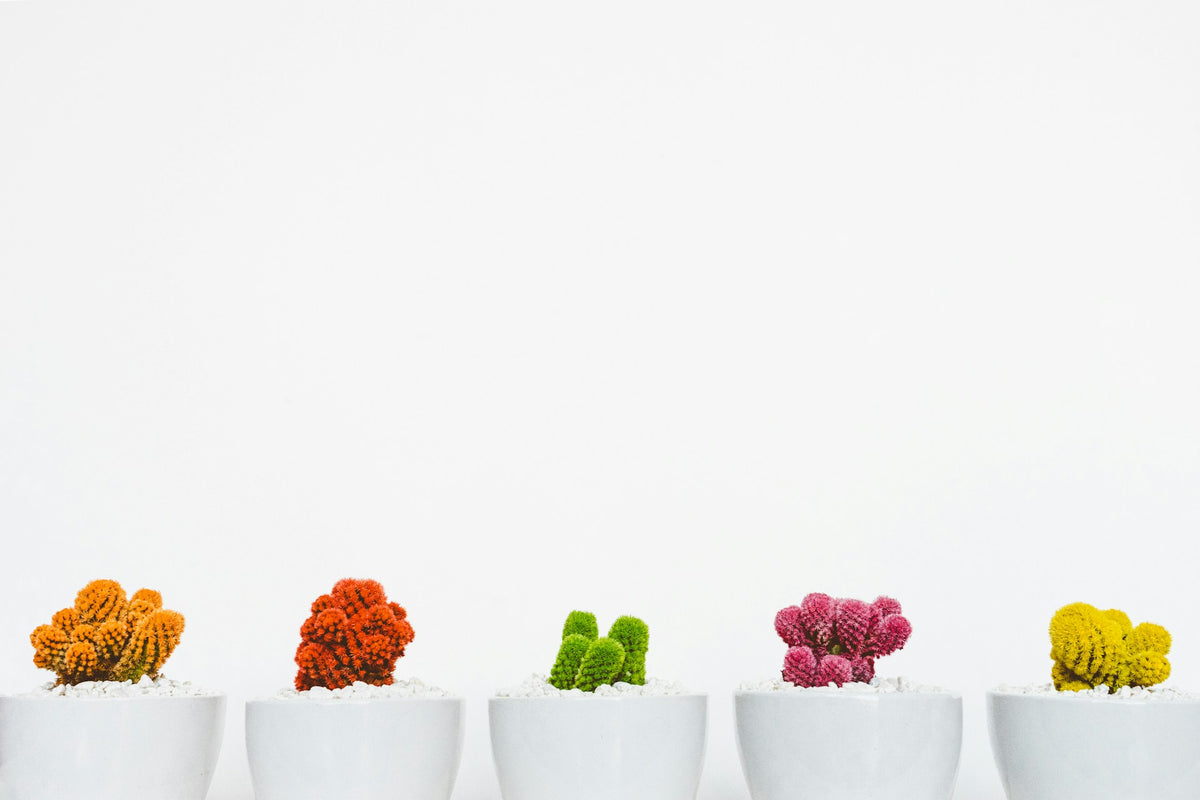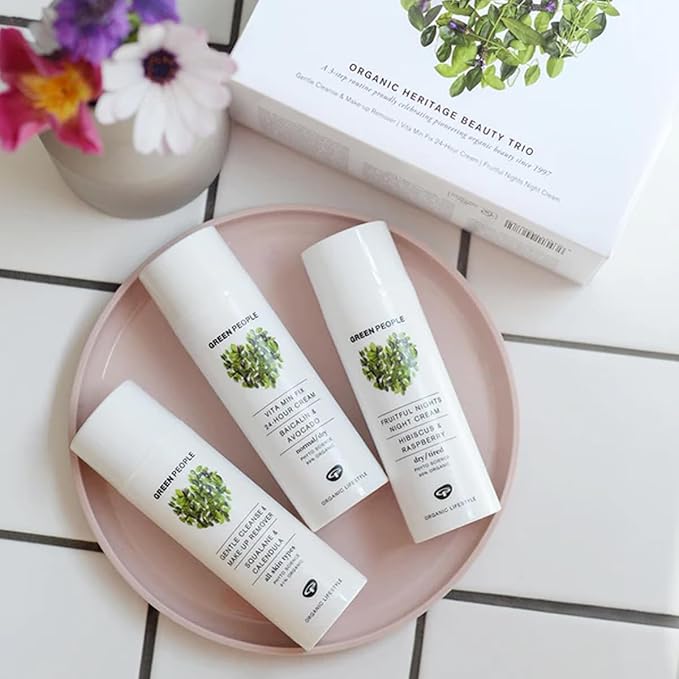First-time visitors to Georgia often want a clear, stress-free introduction that balances culture, nature and everyday comfort. Many begin in Tbilisi, where the airport sits close to the city centre and the compact Old Town allows easy walking between the sulphur baths, Narikala cable car and riverside viewpoints. Sustainable travel here means choosing walkable routes, local cafés and small hotels that support the community. Short trips to Mtskheta add historical depth without long drives, while Kakheti introduces wine traditions through slower, guided visits that reduce unnecessary transport. Some travellers combine Tbilisi with Batumi, using efficient internal travel rather than multiple flights. At Friendly Turtle EcoBlog, we encourage first-time visitors to travel Georgia responsibly by pacing itineraries, staying in family-run guesthouses, joining small-group tours and respecting local ecosystems. These mindful choices help reduce environmental impact while still offering a rich, authentic experience of Georgia’s cities, landscapes and traditions.
Share your articles with us and get published! Reach out at hello@friendlyturtle.com.
The Power of Minimalism: Decorating in a Modern Way

Minimalism Emphasizes Simplicity And Functionality In Design
In a nutshell, minimalism espouses simplicity over all else. Now, you need to understand that this doesn’t necessarily mean basic, but it does mean that less is usually more when it comes to design. This can be seen in the sorts of contemporary modern furniture that are typically placed sparingly around the place, along with almost all other components, from the light fixtures to the art on the walls (if any at all). The idea is to boil down as much as possible to their component parts and only ever include something in the space if it is needed or if it adds a sense of airiness and wonder.
Choose A Neutral Color Palette For Calming Spaces
As already mentioned, minimalism is about making things as simple as possible, and what better way to achieve this than via a neutral color palette? When most people think of minimalism, they will immediately think of the colors black and white to the detriment of all others. While these colors are used more often than not, you needn’t sacrifice all colors just for the pursuit of minimalism above all else. Nevertheless, if you want to add splashes of color, you will need to use neutral tones that don’t draw attention to themselves. This might be something like an eggshell off-white or possibly even a very faded brown. The more you add in terms of depth of color, the more you will begin to confuse the space and move further away from the minimalist mindset.
Select Multifunctional Furniture To Maximize Space
Space is a key foundational factor, and the more you create, the closer you will come to achieving the sort of minimal design you are trying to achieve. This will come easily if you have a large area to play with, but unless you are able to afford the kind of prices that property owners are charging for their places, you will probably have to settle for something more diminutive. But fear not, as any space can be made minimal with the right attitude. When it comes to smaller spaces, you should opt for multifunctional furniture that will act in various capacities depending on what you need them for. This could be a coffee table moving, turning into a set of drawers, or the darling child of minimalists everywhere, the famous futon.
Incorporate Natural Elements
Minimalism can become a little “samey” over time. But by adding in a few natural elements around the place, you can keep the minimalist design while allowing a fresher feeling of nature indoors. Potted plants and shrubs make the ideal complement to these sorts of designs and can add a splash of color without sacrificing the core tenets of this design philosophy. While you will probably want to stick with the leafy greens over flowers, you shouldn’t be afraid to experiment…after all, it is your place! Flowers such as orchids will give the space an air of sophistication without being over the top and, when placed strategically around, can help to break up the straight lines and sharp angles.

Declutter Consistently To Maintain An Open Environment
If you have spent a lot of effort trying to achieve this look, you will probably want to keep it this way. The only natural way to do so is to constantly clean up after yourself and avoid falling into the trap of accumulating a lot of rubbish you don’t really need. Minimalism is a lifestyle choice more than simply a way to decorate your home, and if you want to really get into it, you need to treat it as such.
Focus On Quality Over Quantity
Since the idea is to have as few things as possible cluttering up the space, you should make a concerted effort to only invest in items that are of a very high quality. While you don’t need to spend a fortune, it tends to be true that higher-quality furniture and decorations will look and feel better and be more appropriate for the space that you have reserved for them. This sense of quality will add a certain appeal that can only come from premium materials and focus on pure design over things that are mass-produced. Again, there are exceptions to the rule, and you will have to make your own decision, but if you can afford to go premium, you really ought to.
Embrace Negative Space For Balance
Leveraging negative space effectively can lead to a more serene and spacious environment. By intentionally leaving certain areas uncluttered, you allow the essential pieces in your design to stand out and breathe. This approach can be particularly powerful in smaller living areas, where maximizing every inch matters. When planning your space, consider the placement of furniture and decorative items with an eye on how the surrounding open spaces interact with them. Less can indeed be more when it comes to minimalist design, and the thoughtful use of negative space can create a striking and elegant effect. By focusing on balance and simplicity, you can achieve an aesthetic that feels both refined and comfortable.
Carefully crafting a minimal space takes more than simply removing as much stuff as possible. There is a finesse involved in the process that this post has indicated, giving you everything you might need to achieve this style.
0 comments
Let customers speak for us
Blog posts
A calm, multifunctional garden can be more than a pretty backdrop it can become a practical extension of your home that supports slow mornings, outdoor meals, and genuine downtime. In this Friendly Turtle EcoBlog guide, we look at simple, sustainable ways to shape an outdoor space that feels organised, welcoming, and easy to use throughout the week. Start by creating clear “zones”: a quiet seating corner for reading, a dining spot for relaxed lunches, and a flexible open area for play or potting. Light-touch structures, such as an airy pergola or a sheltered veranda, add definition without blocking daylight, making the garden usable in changeable weather. Keep the mood restful with layered planting: evergreens for year-round structure, seasonal flowers for colour, and lightly scented herbs near paths. Choose reclaimed or recycled materials where possible, add soft warm lighting, and reduce water waste with mulch and a simple rainwater butt. The result is a garden that feels calm, functional, and kinder to the planet.
Finding the right mental health support in Woodland Hills starts with checking credentials, treatment approach and access to care. Look for licensed clinicians with training in evidence-based therapies such as CBT or DBT, and ask whether programmes offer coordinated psychiatry, talking therapy and crisis support when needed. The best providers also explain your options clearly, from outpatient sessions to more structured day programmes, and may include complementary practices that support recovery, such as mindfulness, movement and nutrition guidance. At Friendly Turtle EcoBlog, we often explore how everyday choices shape wellbeing; this guide applies the same practical lens to mental health care, helping you compare services, understand what ‘holistic’ really means, and choose a setting that feels safe, respectful and tailored to your needs. It also highlights practical questions to ask about availability, confidentiality, fees and insurance, so you can make a confident, informed decision.



